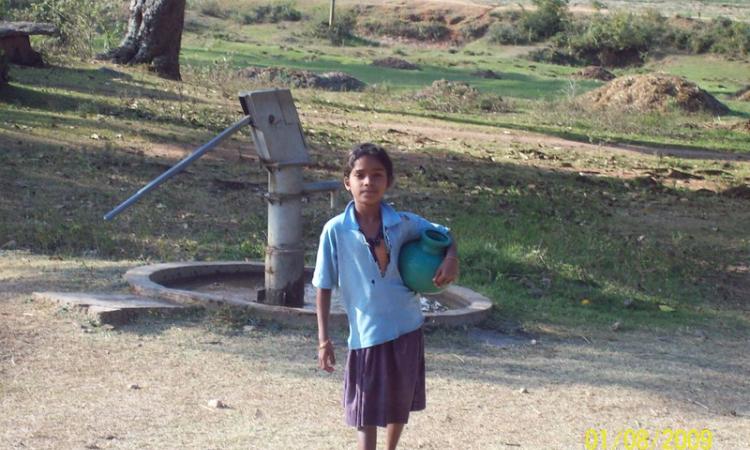
UNICEF’s analysis reveals over two crore children in India facing extremely high water vulnerability
As part of the 'water security for all' initiative, UNICEF conducted an analysis which indicates that more than two crore children in India are experiencing extremely high water vulnerability. The analysis identified areas where physical water scarcity risks overlap with poor water service levels.
The study further informed that of the 111,891,688 children facing water vulnerability, 20,478,554 are experiencing extremely high water vulnerability and 91,413,134 facing high water vulnerability. Globally, over 1.42 billion people, including 450 million children, live in areas of high, or extremely high, water vulnerability.
(The New Indian Express)
28 percent of govt-owned waterbodies in Ganga basin have dried up: Survey
As per the census survey conducted by the Quality Council of India (QCI) of ponds tanks, and lakes in the Ganga river basin, over one-fourth of the government-owned water bodies in the basin in Uttar Pradesh, Jharkhand, Uttarakhand, Bihar and West Bengal have dried up. The findings further show that 16 percent of the water bodies in the Ganga basin were eutrophic, and only 56 percent were functional. It was observed that human settlement surrounded 411 out of the 578 water bodies assessed by QCI team. The aim of the study was to carry out 100 percent mapping of all government-owned water bodies in Ganga districts for improvement and rejuvenation of water bodies that are dried up or working at less than full efficiency. (The Indian Express)
Coming monsoon IMD to predict a water-level rise in all dams, river basins
To enable better water management and enhance hydrological services, the India Meteorological Department (IMD) plans to issue forecasts and predictions about possible rise in water level or water availability in river basins and reservoirs towards the end of every month during the monsoon between June and September.
The IMD started these services on a pilot basis for select 10 reservoir basins, namely Hirakud, Almatti, Krishna Raja Sagara, Idukki, among others, last year. However, this scheme will be expanded to all rivers and reservoirs during the upcoming monsoon. IMD is also in the process of installing a national network of soil moisture observation stations since soil moisture is a vital parameter required in extended range predictions. (The Indian Express)
CAG points that Hyderabad civic body’s performance is off the mark
According to a report of the Comptroller and Auditor General (CAG) of India, Hyderabad Metropolitan Water Supply and Sewerage Board (HMWS&SB) failed to supply the mandated 150 litres per capita per day (LPCD) of potable water to consumers in its jurisdiction covering a population of 69.93 lakh. The water supplied ranged between 66 and 71 LPCD. Along with this, nearly 82 percent of the Consumer Account Numbers (CANs) did not have water meters installed or were not in working condition, and there is no mechanism to check unaccounted for water (UFW). (The New Indian Express)
Groundwater in Tamil Nadu’s industrial areas becoming more polluted: CSE study
As per a new study by Delhi-based thinktank, Centre for Science and Environment (CSE), groundwater is deteriorating in Tamil Nadu’s industrial areas and Vellore is the state’s most polluted district in terms of river pollution. According to the CEPI (Comprehensive Environmental Pollution Index) water score 2018, five industrial clusters in Tamil Nadu were found to have a water score of over 50. Three of these — Vellore-North Arcot, Manali and Tiruppur — were ‘critically polluted’ and two — Cuddalore and Coimbatore — were ‘severely polluted’. Vellore, which was home to 240 tanneries, 17 red category industries and small-scale chemical industries, has become the most polluted district in Tamil Nadu in terms of river pollution. (Down to Earth)
This is a roundup of important news published from March 16 - 31, 2021. Also read policy matters this week.
/articles/over-two-crore-children-india-experiencing-extremely-high-water-vulnerability-unicef